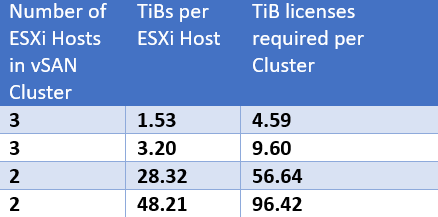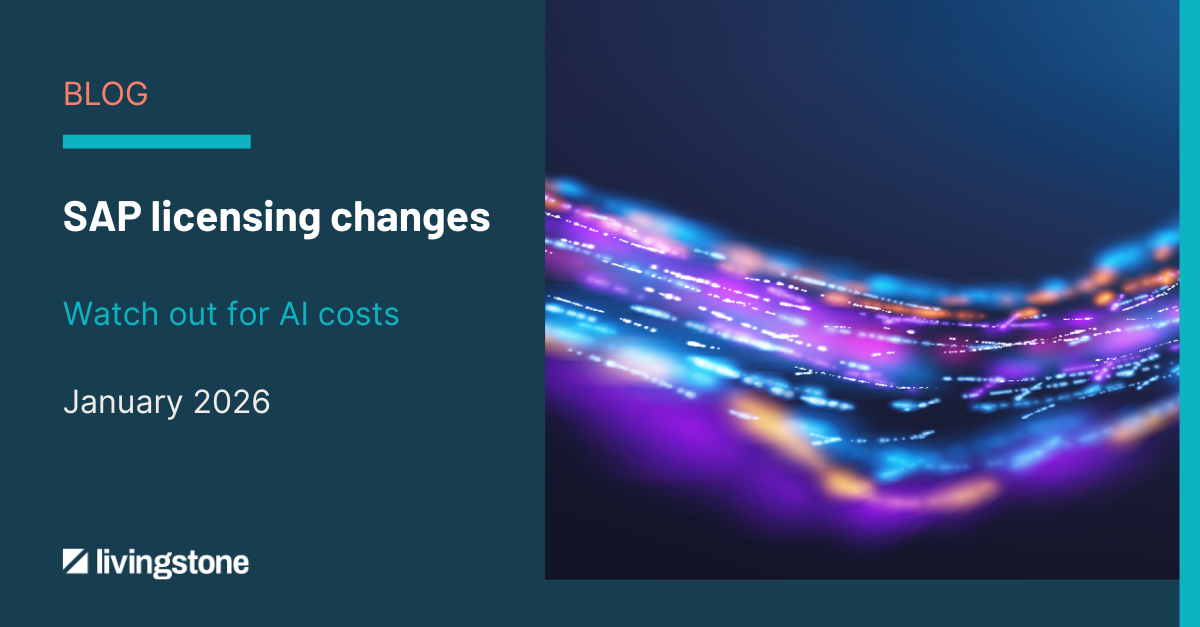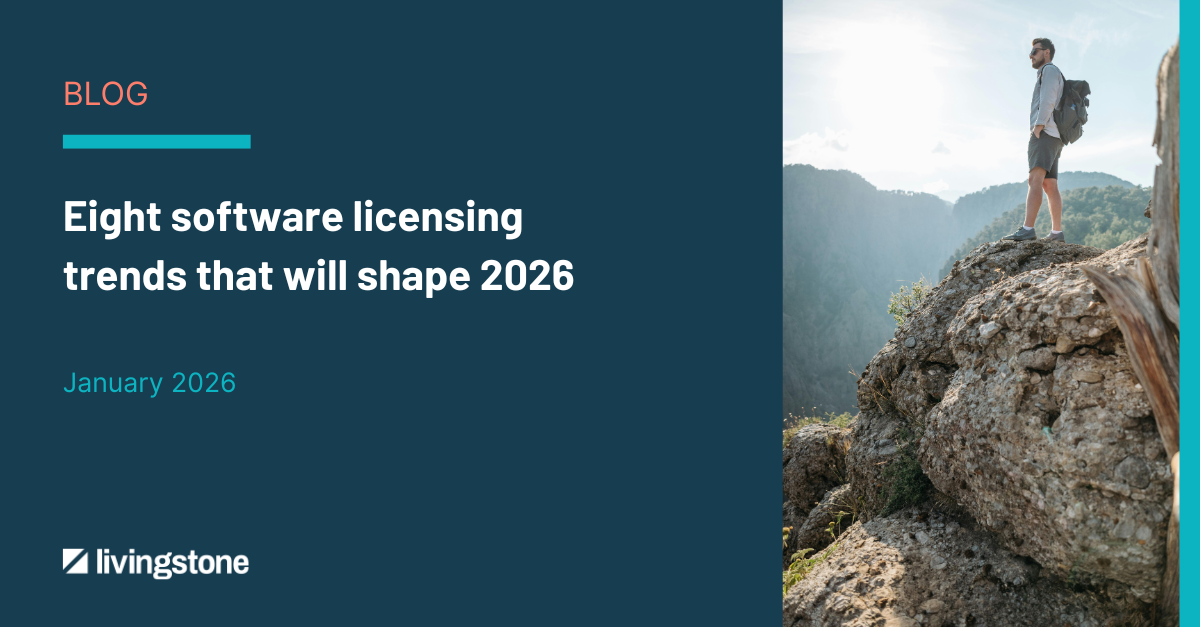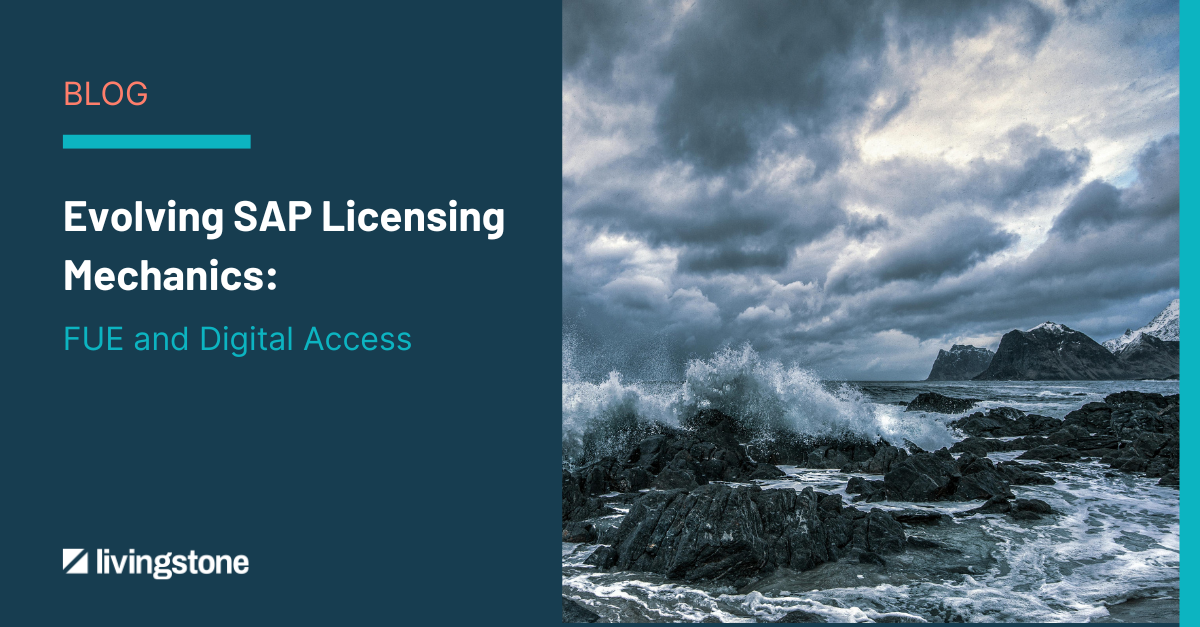It seems like every other week VMware have been drip-feeding their licensing and product changes in a well-hidden corner of the internet, and unless you’ve been refreshing that page you might have missed some of those announcements. So, let me summarise that news below, before jumping into the metric changes.
Jump to a specific section:
1. No more perpetual licenses
2. A heavily streamlined product portfolio
3. Metric changes
4. How do the TiB and Core-based metrics interact?
Key VMware changes
No more perpetual licenses
VMware is making the full transition to subscription-based licensing, this was the first announcement in December 2023, but has been on the cards for a couple of years now. With immediate effect VMware have now ended the sale of all perpetual licenses, as well their accompanying Support and Subscription renewals, and HPP/SPP credit purchasing programs.
A heavily streamlined product portfolio
Whichever products it is you currently buy from VMware, they’re unlikely to look the same when you come to renew, with many existing standalone products either being removed completely from sale, or moved in one of two new bundles. Regardless of what software you would like to buy, come renewal time you’re likely to be pushed into one of the two buckets:
VMware Cloud Foundation (VCF): Their flagship product made for large enterprises seeking a hybrid cloud solution that includes: vSphere Enterprise Plus, vCenter, vSAN, NSX, Aria Suite Enterprise, SDDC Manager, and HCX Enterprise.
VMware vSphere Foundation (VVF): VMware’s new solution for traditional vSphere environments, targeted at smaller to mid-sized companies. This includes: vSphere Enterprise Plus, vCenter Server, Aria Suite Standard, and vSAN Enterprise.
Metric Changes
Core-based licensing: And if being made to align to one of two suites wasn’t enough, VMware are also moving these solutions to a core-based licensing model, with a 16-core per CPU minimum. So for those of you with smaller processors, unfortunately you’ll be getting less bang for your buck, and for those of you currently enjoying 32-cores per CPU license, you may soon be paying a lot more.

vSAN TiB Licensing Metric: No, that’s not a typo for terabytes (TB), TiB is the shortening of tebibytes, another way of measuring computing storage. Tebibytes are how VMware is now licensing vSAN, and differs from Terabytes by about 10%, with 1 TiB = 1.1TB. If you’d like to read more about this, I found this page very useful.
Unlike the core-based products, there will be no license minimums for the TiB metric, and can be calculated by: Total number of TiBs claimed by vSAN in each ESXi host x number of ESXi hosts in each cluster. Or in table form:

How do the TiB and Core-based metrics interact?
Unfortunately, given the fact that vSphere is now bundled with vSAN, these two metrics can’t be looked at in isolation, so how do they interact with one another? This differs, depending on whether you’re buying the VMware Cloud Foundation (VCF) or the vSphere Foundation (VVF)
VMware Cloud Foundation: For each core-license you buy of VCF you get 1 TiB of vSAN, with surplus vSAN TiB licenses given the ability to be used in other vSAN Clusters using VCF with higher requirements. Alternatively, you are also able to purchase additional capacity for your environment.

VMware vSphere Foundation: This is where it gets a little more complex – VVF gives you 100 GiB of vSAN trial capacity for each core purchased. Any excess cannot be used elsewhere, and if you exceed the vSAN trial capacity in that cluster, you must purchase the requisite TiB licenses, starting from 0. As you can see, VMware have kindly introduced GiB as a new metric here, this can be convered to TiB using the following: Number of vSphere Foundation core licenses in each ESXi host deployed in the vSAN cluster x 100 GiB, then divide by 1024.

If all of this seems like a lot to consider and you need a hand understanding what licenses you'll need following these changes, why not reach out?
About the author:
Robert Cannings
Managing Consultant

Managing Consultant at Livingstone Technologies, Robert Cannings is an expert in Software Asset Management. With sharp attention to detail on the changing landscape in SAM, he is always on the ball when it comes to understanding how best to be prepared to deal with software audits, as well as understanding the complexities involved with software licensing changes.
Connect with Robert →





